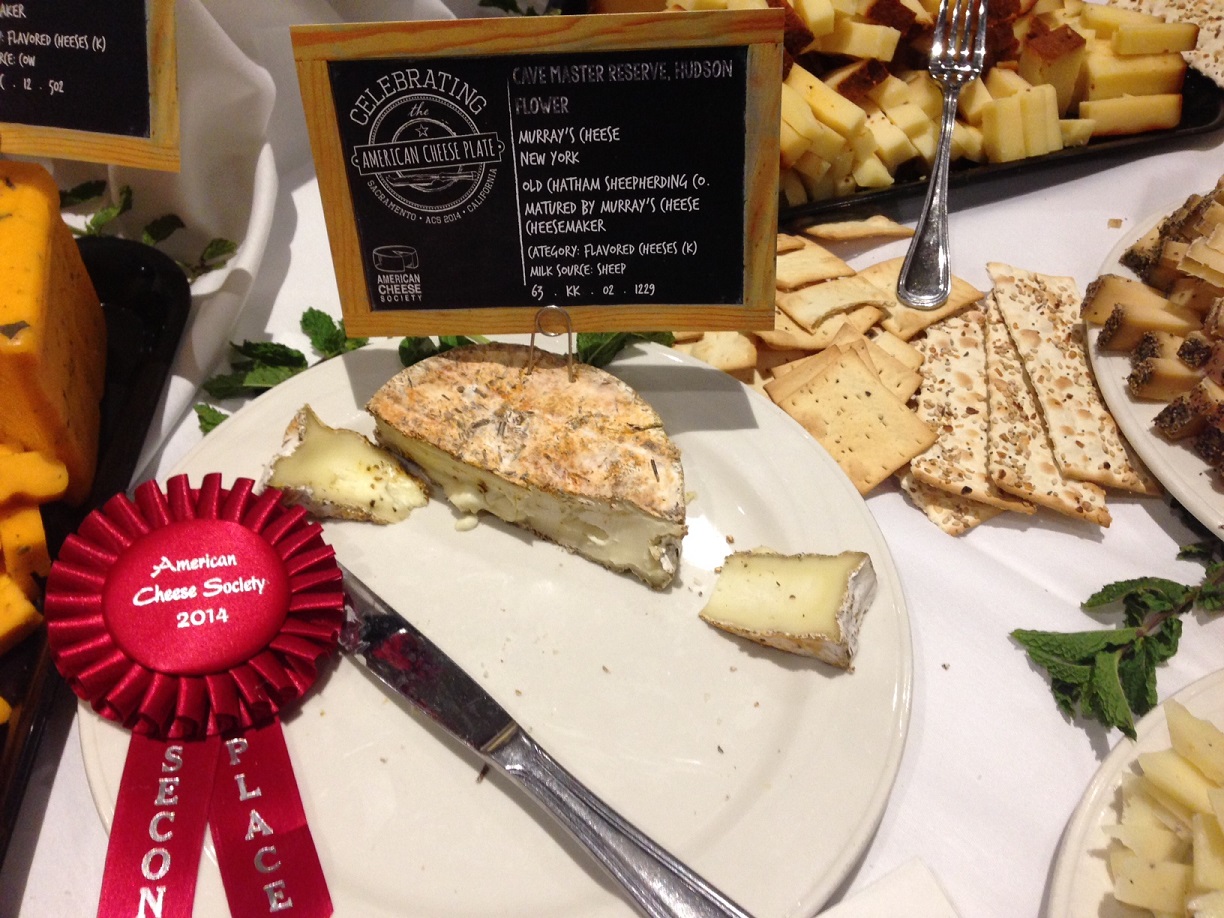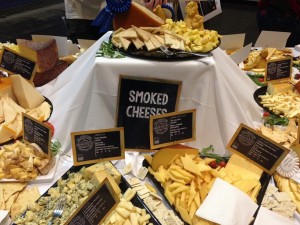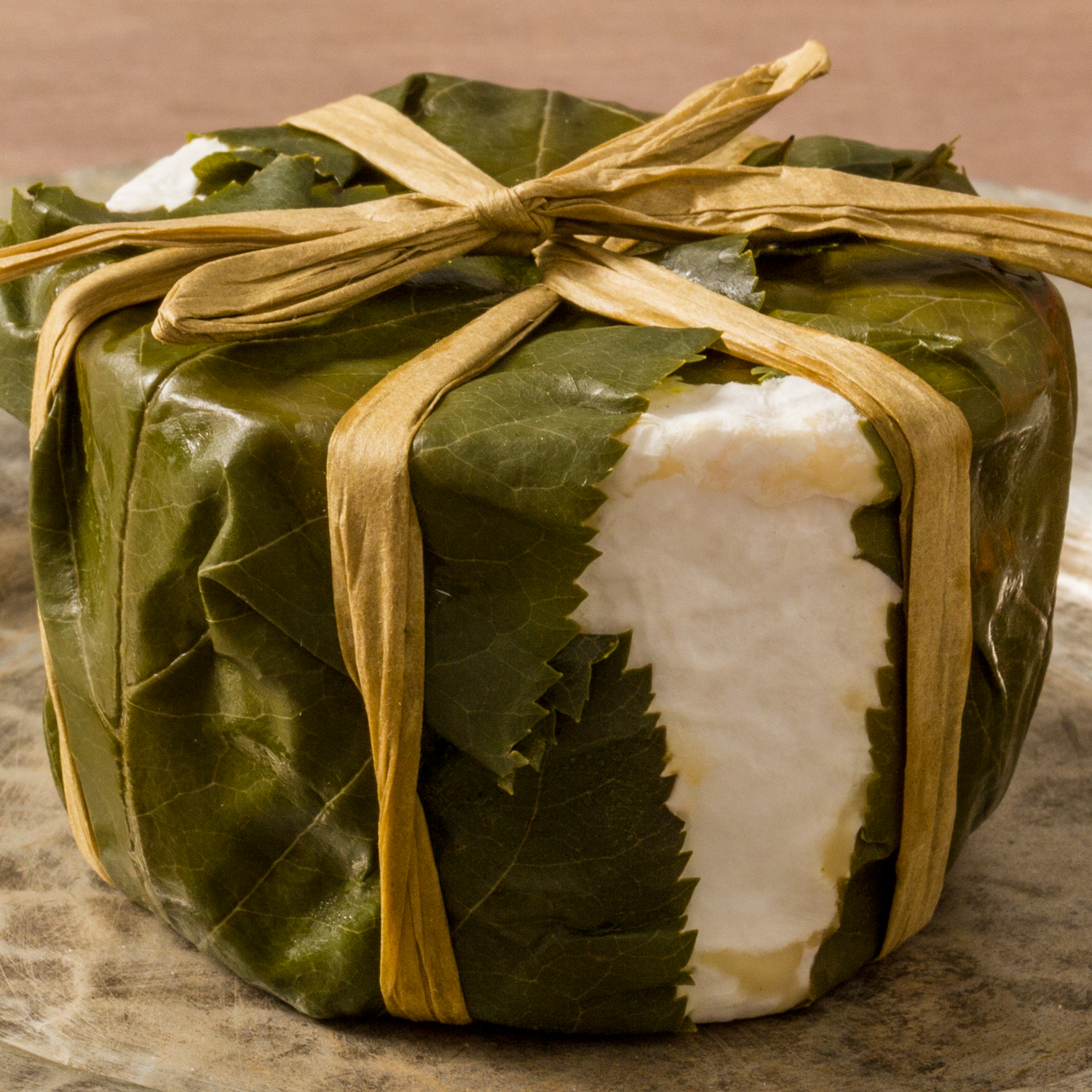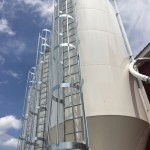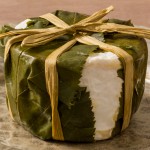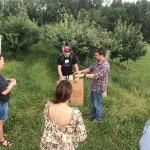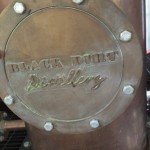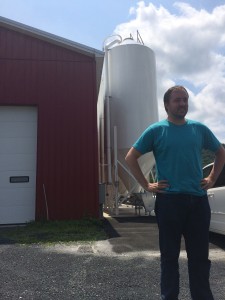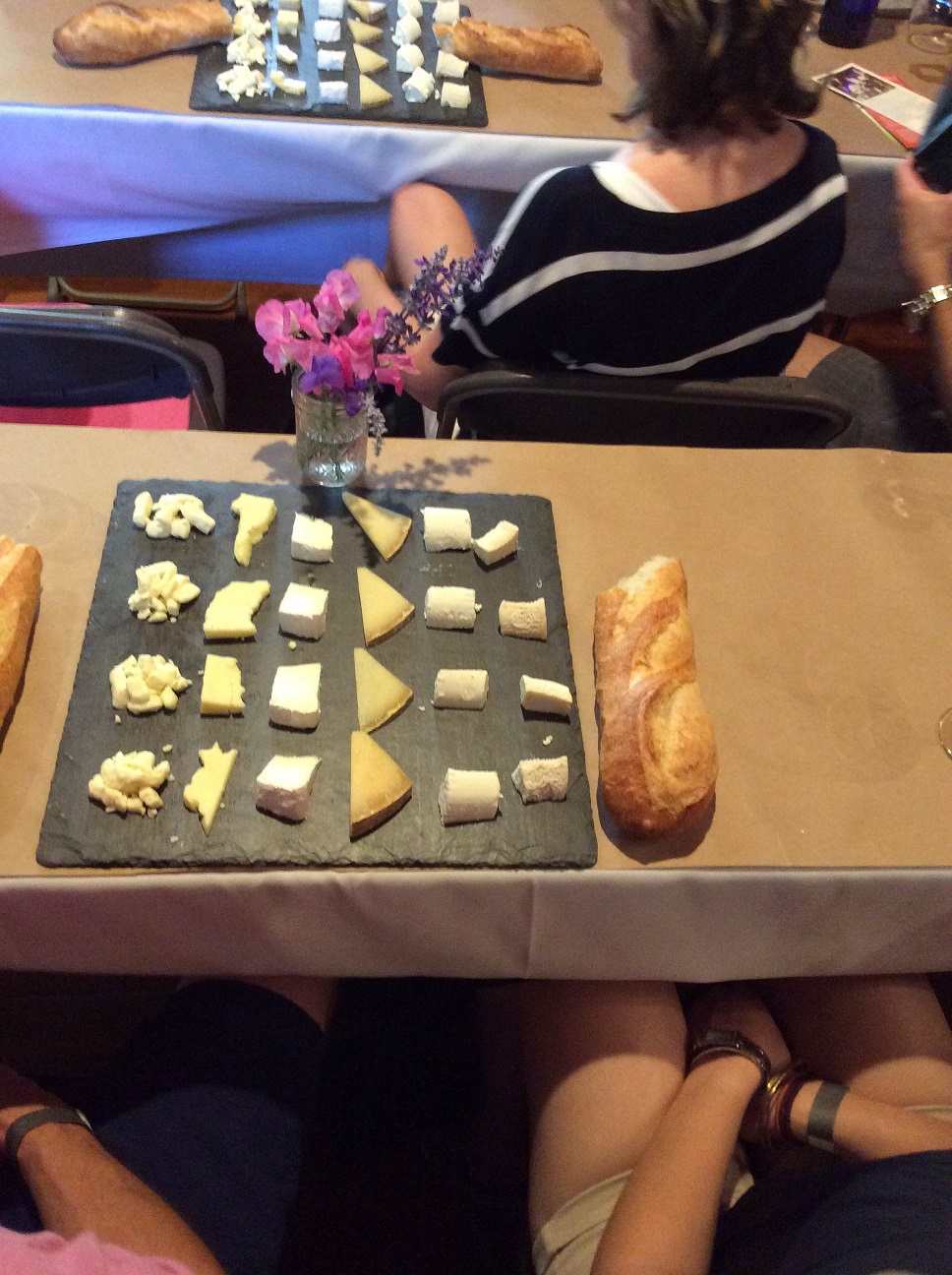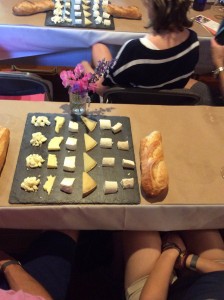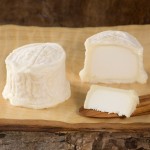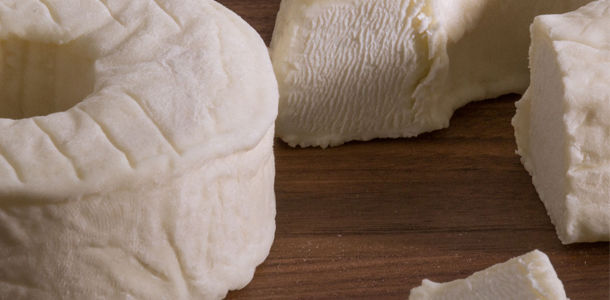The American Cheese Society’s 2014 conference in Sacramento was a whirlwind of fantastic panels, networking events, and, for some of us, the CCP exam, a difficult test of all that we’ve learned throughout our years in the cheese business. On the second to last day, these experiences culminated in the Awards Ceremony, where the best American cheesemakers were honored for their outstanding products. As exciting and emotional as the Ceremony was, the real fun occurred on the last day of the conference, the Festival of Cheese. Here, every entry to the Awar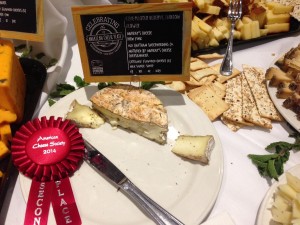 ds Ceremony was available to taste, not just those that won a ribbon.
ds Ceremony was available to taste, not just those that won a ribbon.
Stretching as far as the eye can see, the conference hall was filled with towers of Alpine-style cheeses, smorgasbords of oozy bloomy-rinds and mountains of meaty, pungent washed rinds. Entire rows devoted just to flavored cheeses, smoked cheeses, hispanic-style cheeses; the Festival was truly a turophile’s heaven. As a buyer at Murray’s, I am lucky to have the opportunity everyday to try all manner of tremendous cheese from across the globe, but it’s staggering just how many fantastic new and established American cheeses were present, especially when seeing them all in one place. There is no doubt that our domestic industry is robust and healthy, and leading the way globally in innovation and quality.
After being presented with a plate and wine glass (everything one needs for a successful cheese tasting), our first stop took us to the Alpine-style table to taste the winner for best-in-show, Spring Brook Farm’s Tarentaise Reserve. Modelled after the Alpine cheeses of eastern France, such as Abondance and Beaufort, Tarentaise has long been a staple on Murray’s counter, and the 2-year extra-aged version is a thing of beauty: a pronounced and lingering sweetness, an underlying current of roasted hazelnuts and brown butter, and satisfying crystallization. Truly a world-class cheese, on par with the best extra-aged Comtes and Gruyeres. Look for a special Tarentaise aged in our caves to hit our counters at the end of August, with a profile between the reserve and the original, exclusive to Murray’s.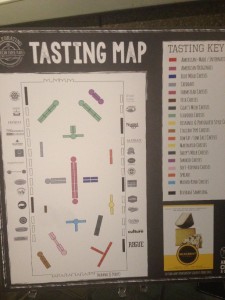
After refilling our glasses with some terrific dry cider from Oregon’s Aengus Ciderworks, we visited our own Murray’s award winners, Hudson Flower (our collaboration with Old Chatham Sheepherding Company) and Torus (our collaboration with Vermont Creamery). These cheeses mark our first ribbons at the festival, taking second place in their respective categories. While we’ve long been known for our cave-aging, this marks the first time that affinage-specific collaborations have been honored at the festival. These partnerships with some of our favorite creameries have been very successful, and we can’t wait to roll out more Cavemaster Reserve cheeses soon. And hopefully we’ll have wins for Greensward, our collaboration with Jasper Hill, and Barden Blue, our collaboration with Consider Bardwell, next year!
With the multitude of choices on offer, at this point we started bouncing around from table to table, trying whatever caught our eyes. Some of the best cheese new to me were the amazingly nuanced washed rind goat cheeses from Briar Rose Creamery, and Bleating Heart’s stunningly sheepy tommes and blues. We also had a chance to nibble on goodies from some of my favorite charcuterie purveyors, Olympic Provisions and Fra’mani, whose cured meats provided perfect counterpoints to mountains of dairy products filling the conference hall.
As our stomachs grew full and the conference wound down, I began to reflect on all the amazing experiences our team had at the conference this year. We had our wills and knowledge tested in the CCP exam, learned a tremendous amount from the stellar panels, and had a lot of fun relaxing and hanging out with our colleagues from around the country, but what will stick with me the most is the incredible talent, passion and love that American cheesemakers and retailers have for these amazing products, and the change they are affecting across the American culinary landscape. The Festival of Cheese was the perfect encapsulation of this, and a fitting end to an unbelievably successful American Cheese Society conference. I can’t wait for next year’s in Rhode Island!

